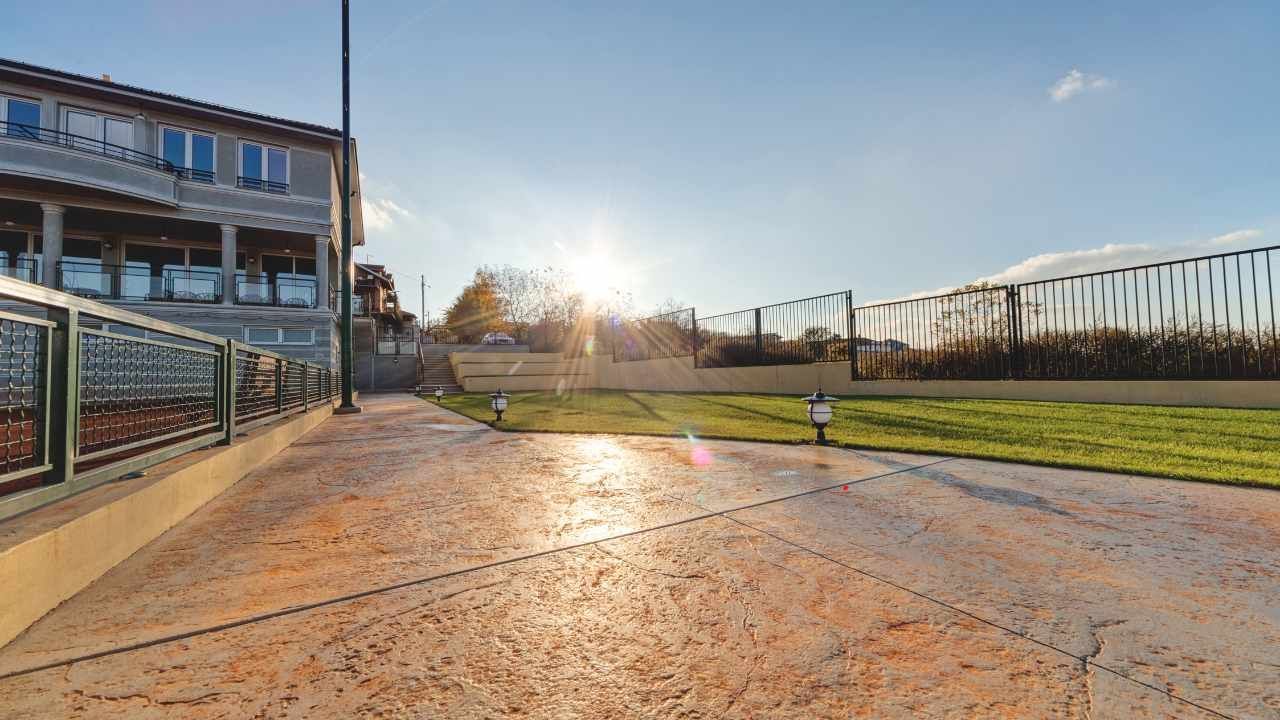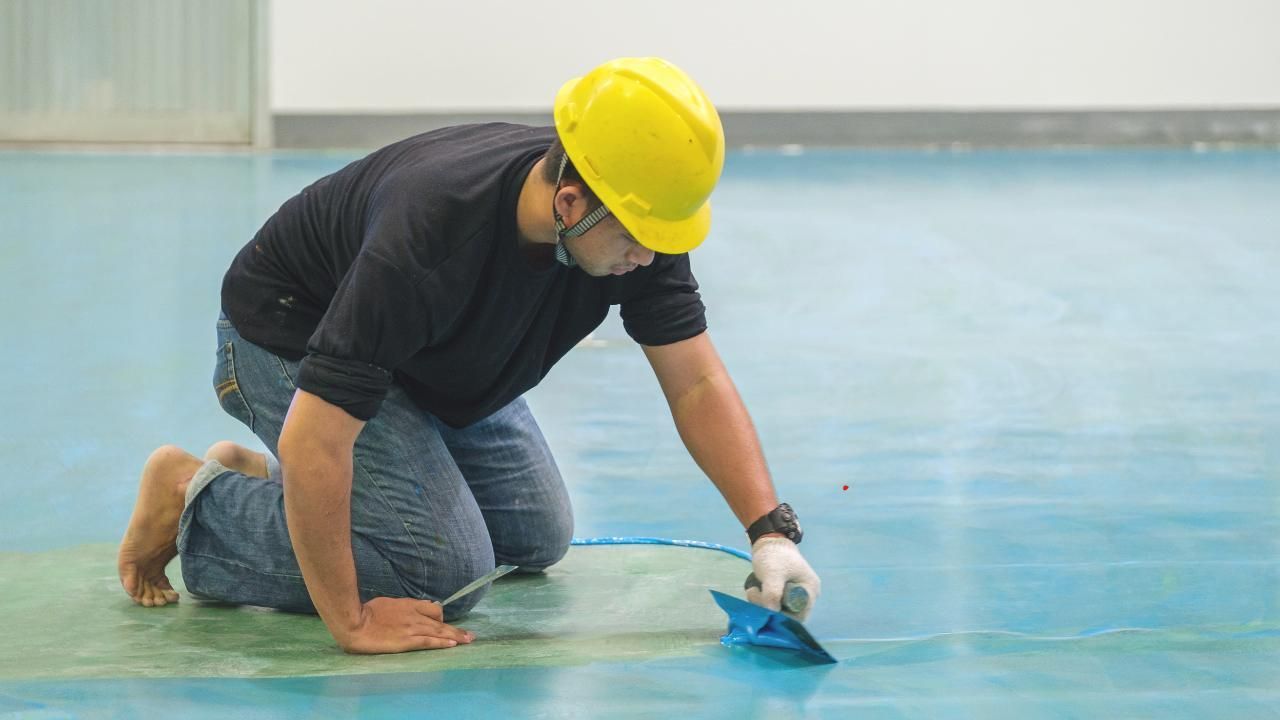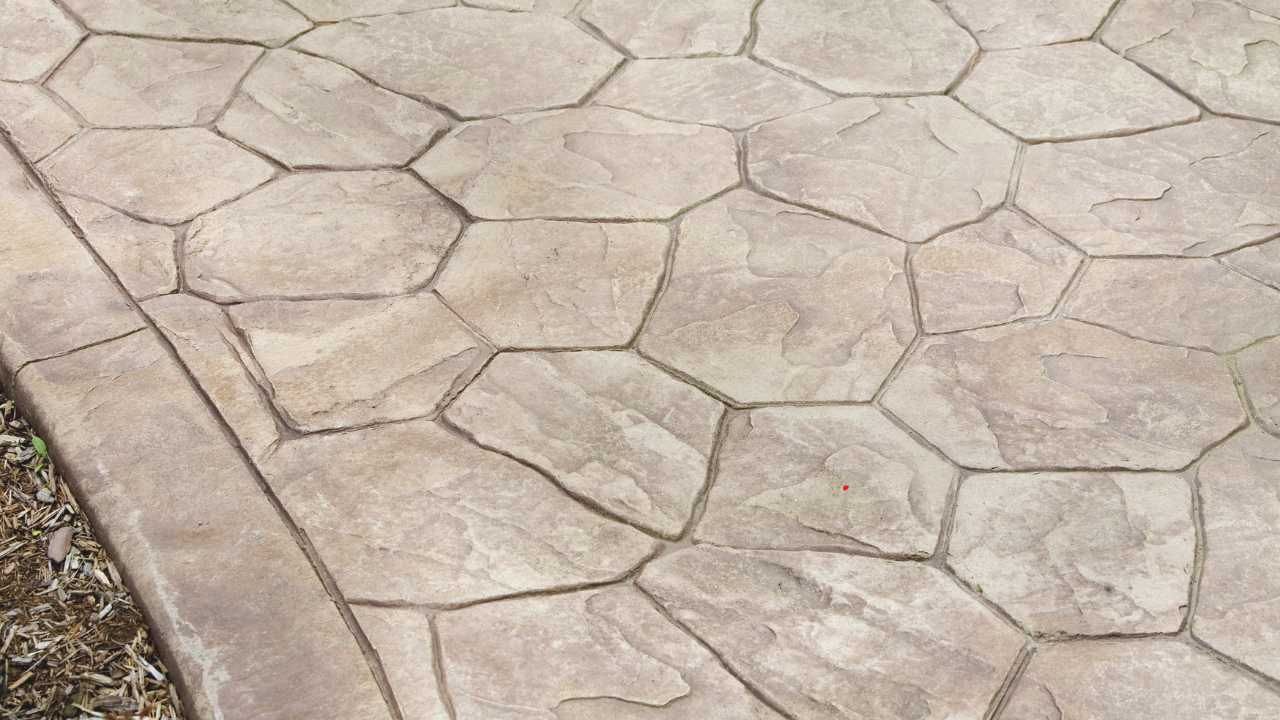How to Clean Stains from Concrete Surfaces: A Step-by-Step Guide

Concrete is tough, but it’s not invincible. Over time, oil spills, rust marks, and even weather can leave stubborn stains that ruin its clean, polished look. Whether it’s your driveway, patio, or garage floor, the good news is that you can restore your concrete surface without hiring an expensive crew.
In this guide, you’ll learn how to identify different types of stains and remove them safely using simple materials—plus, a few professional tricks from a residential concrete expert. If you’d rather leave it to pros, companies like Intricate Concrete, known for their concrete services in Goodyear AZ, can also handle deep cleaning and surface refinishing for lasting results.
Step 1: Identify the Type of Stain
Not all stains are created equal. The right cleaning method depends on what caused the discoloration.
Here’s a quick reference:
- Oil and grease: Common on driveways and garages.
- Rust: From metal furniture, garden tools, or sprinkler systems.
- Mold or mildew: Found on shaded patios or pool decks.
- Paint and sealant spills: Often from home improvement projects.
Understanding the source helps you choose the right cleaning approach—some require gentle scrubbing, while others need stronger treatments.
Step 2: Prep the Surface
Before you start cleaning, remove loose dirt and debris with a broom or leaf blower. Rinse the area with water using a garden hose. For best results:
- Avoid pressure washing right away—strong water jets can push stains deeper.
- Test your chosen cleaner on a small, hidden spot first.
- Wear gloves and safety glasses, especially if you’re using chemicals.
A clean surface allows the stain remover to penetrate evenly and work more effectively.
Step 3: Choose the Right Cleaner
Each type of stain responds differently to various cleaners:
- Oil and grease: Use a degreaser or a mix of baking soda and dish soap. Apply it, let it sit for 15 minutes, then scrub with a stiff-bristle brush.
- Rust stains: Try white vinegar or a commercial rust remover. Avoid using bleach—it can worsen the discoloration.
- Mold and mildew: Mix one part bleach with three parts water, apply to the surface, and rinse after 10 minutes.
- Paint spills: Use a paint stripper formulated for concrete. Avoid scraping too hard to prevent surface damage.
For heavy-duty jobs, an eco-friendly concrete cleaner or poultice (a paste that pulls stains out) works wonders.
Step 4: Scrub, Soak, and Rinse
Once your cleaner has had time to work, it’s time to scrub. Use a stiff nylon brush for most stains. For deep oil or rust, reapply the cleaner and let it sit longer—up to an hour.
Rinse thoroughly with clean water afterward. If the stain persists, repeat the process or consider using a mild pressure washer setting for a deeper clean.
Step 5: Seal the Concrete to Prevent Future Stains
After cleaning, protect your concrete by applying a high-quality sealer. This creates a barrier that resists moisture, oil, and dirt buildup. Reapply every one to three years depending on wear and weather conditions.
Think of sealing as insurance—it keeps your surface looking new and reduces maintenance costs in the long run.
Case Study: From Stained Driveway to Showroom Finish
A homeowner in Goodyear had a driveway marred by years of oil drips and rust stains. After trying several DIY methods, they hired Intricate Concrete to restore the surface. The team used a deep-cleaning solution followed by resealing, transforming the dull gray slab into a smooth, stain-free finish that boosted the home’s curb appeal instantly.
Final Thoughts
Concrete stains can be frustrating, but with the right tools, cleaners, and a little patience, you can make any surface look brand new. And when the stains run deep—or you’d rather not spend your weekend scrubbing—don’t hesitate to contact a local residential concrete expert.
Keep your concrete clean, sealed, and stain-free—and it’ll keep your space looking fresh for years to come.











